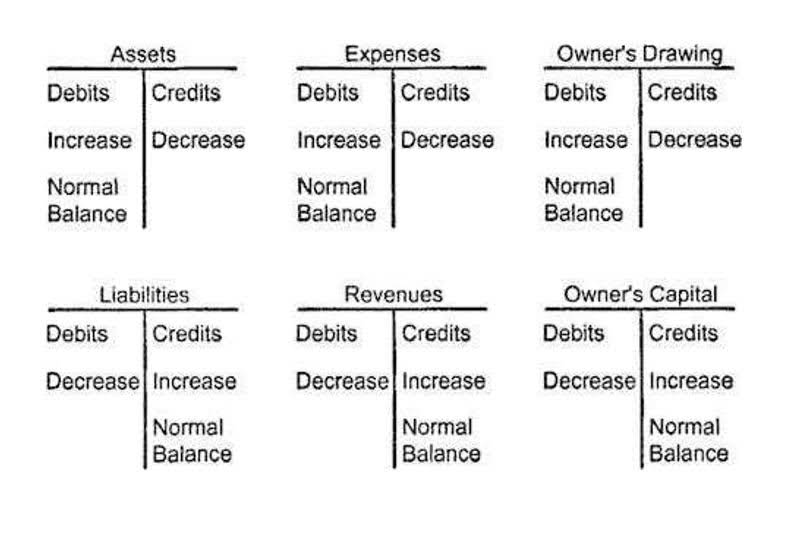
These departments typically use third-party software to streamline and optimize financial operations. The terms treasury management and cash management are often used synonymously but are actually quite different. On the other hand, if you’re a traditional manufacturing company with multiple physical locations, optimizing your bank account structures might look different. You may need to maintain local bank accounts in various regions to handle local expenses and revenues efficiently. However, to optimize cash use, you could consider cash pooling solutions, allowing surplus cash from one account to offset deficits in another, effectively minimizing idle cash and reducing borrowing costs. The CFO or a finance manager typically handles the treasury’s duties in a small startup (up to about 100 people), juggling duties like cash management, financial risk assessment, and strategic planning.
Accounts receivable.

This level of risk management is difficult to achieve with smaller teams and fewer resources. The Certified Treasury Professional (CTP) designation is recognized as the leading credential in corporate treasury worldwide. For instance, if you’re a SaaS company with 200 employees, timely and accurate cash flow forecasting can help identify periods of cash surplus and shortfall.
What is treasury management?
- Finance executives must continuously evaluate and enhance their treasury operations to maintain competitive advantage and ensure organisational resilience.
- Longer durations tend to have higher returns but may not fit with the forecasted cash needs of the company.
- Putting controls in place around who has access to bank accounts is essential to managing risks of loss from fraudulent activities.
- They look at the economic landscape of the industry, and advise management on ways to handle potential changes.
- These enterprises face the challenges of managing capital movements within their operations and across borders, considering both local and global factors.
- One of the most important aspects of cash management is accurate cash flow forecasting.
Robust treasury management practices bring several key benefits to your business, from enhancing liquidity management to driving greater operational efficiency. Poor cash management can lead to insolvency, missed business opportunities, increased borrowing costs, and damage to the company’s credit rating. They will often display how is sales tax calculated the same cadence in their cash management strategies as companies that have successfully raised more money. Many companies employ people worldwide and buy goods and services from international suppliers and vendors. With payments taking place globally, it’s essential to ensure that funds are in the right place when you need them to make payroll or pay your vendors. Cost centers are more common as the treasury function is typically viewed as support rather than revenue-generating.

What Are the Different Types of Treasury Management Services?
- Treasury management goes beyond simple cash management to deal with longer-term borrowing and investing, capital management, and operational, financial and reputational risk.
- The ICAEW Library & Information Service provides full text access to a selection of key business and reference eBooks from leading publishers.
- This involves managing the company’s relationships with its banks, ensuring it has an efficient account setup, and optimizing fees and interest earned.
- It’s about maintaining the financial health of an organization by ensuring there’s enough liquidity to cover expenses and meet financial obligations without taking on unnecessary risk.
- Proper liquidity management strategies ensure that the organization is always prepared for both planned expenses and sudden financial demands.
- Without robust treasury management processes, you may face liquidity challenges, expose the business to unnecessary financial risk or even overlook valuable investment opportunities.
Obviously, the best way to deploy excess capital is into the business itself but many companies hold capital in reserve as runway. Cash management typically includes collections, disbursements, banking, and short-term borrowing and investment. Treasury management goes beyond simple cash management to deal with longer-term borrowing and investing, capital management, and operational, financial and reputational risk. In conclusion, corporate treasury and cash management are both important parts of a business’ financial success and stability.
- The financial well-being of your business hinges on strong treasury management practices.
- Understanding your customers’ payment cycles is vital to understanding your cash flows.
- Plus, real-time analytics provide up-to-the-minute insights into cash flow, allowing for more informed decision-making and quicker responses to financial changes.
- While both cash management and treasury management focus on managing an organization’s financial resources, they serve distinct purposes.
Keeping up with your financial obligations ultimately helps your business maximize earnings and your bottom line. While treasury management and cash management are sometimes interchangeable for some, they’re not the same thing. As a business owner, it’s important that you know the difference between cash management and treasury management as your business grows — and especially if you plan to outsource either component. Treasury management systems boost operational efficiency by automating routine financial tasks and providing real-time data that supports swift decision-making. Automation frees up your team to focus on strategic initiatives and process improvements, rather than getting bogged down by manual treasury and cash management tasks.

- Treasury management in banking involves optimizing cash flow, managing liquidity, and mitigating financial risks for both the bank and its clients.
- It integrates these functions into a cohesive process that helps maintain your business’s financial health and support its strategic objectives.
- Ultimately, you will be well-equipped to utilize S/4HANA’s robust tools to enhance your organization’s Treasury operations and financial management processes.
- Learn the difference between cash management and treasury management in our blog, Cash Management vs Treasury Management.
- Our online banking and money management platform puts you in complete control of your cash flow.
Cash management and treasury management Partnership Accounting are often used interchangeably, but there are differences between them, and the scope of treasury management is much larger. In the early stages, finance teams care predominantly about bookings and revenue, and less about GAAP financial statements. As your company establishes more significance in the market, financial statements and your margins start to matter more. It’s essential to have one that not only takes what your books say about payment terms but also gives real-time visibility into how such payments will flow in and out of your account. And, of course, for the cash leaving the company, Airbase is an excellent tool because it understands the flow of upcoming payments. All non-payroll spend is there in one platform, so I’m not having to pull data from multiple sources to get a picture of my spend.
